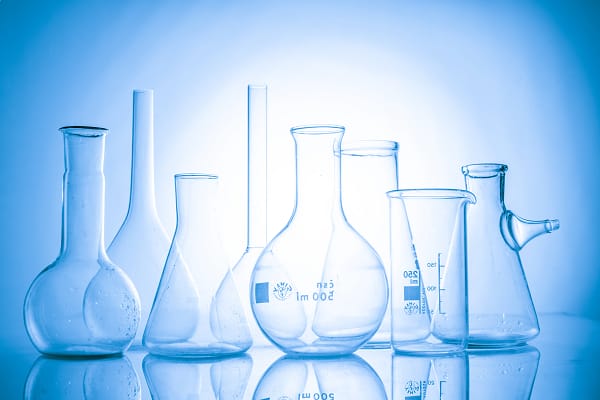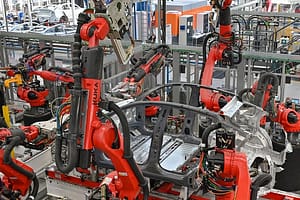Beakers, cylindrical glass or plastic containers primarily used in laboratories, might appear mundane at first glance. However, delving deeper into the annals of scientific history, it becomes clear that these seemingly simple vessels have been instrumental in numerous scientific breakthroughs. Their fundamental design has remained consistent over the centuries, a testament to their indispensable role.
A historical perspective: The beaker’s evolution
The history of the beaker dates back to ancient civilisations. Its basic form—a cylindrical container with a spout—can be traced to ancient Egypt, where they were fashioned from clay. Fast forward to the Middle Ages, and alchemists refined its design, crafting beakers from glass to conduct their mystic experiments. The transparent nature of glass beakers enabled scientists to observe reactions directly, a game-changer in experimental research.
Beaker basics: Why it’s essential
A beaker’s straightforward design is deceivingly powerful. Its wide mouth allows for the easy addition and removal of substances. The flat bottom provides stability, ensuring reactions can proceed without interruption. Graduated markings (in some types) allow for rough measurements. Its resilience to temperature changes, especially in glass beakers, enables heating and cooling without cracking. Every attribute has been thoughtfully incorporated, reflecting the demands of rigorous scientific exploration.
Notable discoveries: The beaker’s contribution
Many monumental scientific discoveries owe their success, at least in part, to beakers. Marie Curie, investigating radioactive materials, used beakers to handle and study these substances. The discovery of DNA’s double-helix structure by Watson and Crick also involved numerous experiments where beakers held critical solutions. It’s safe to say that without beakers, the progress of science would have been notably hampered.
Environmental concerns: Modern challenges
With the advent of single-use plastics in labs, the environmental footprint of scientific endeavors has grown. Many labs have returned to using glass beakers, which are reusable and have a lower carbon footprint. The challenge lies in sourcing high-quality beakers that can withstand the rigors of modern experiments. A solution to this issue is to seek out trusted lab equipment suppliers.
Choosing the right beaker: Sourcing from lab equipment suppliers
Finding the right beaker is crucial. For those in search, it’s recommended to turn to reputable lab equipment suppliers. One such supplier, Hurst Scientific, offers a range of beakers tailored to various needs. They ensure durability, precision, and adherence to safety standards. Moreover, purchasing from recognized suppliers ensures that you are investing in equipment that promotes sustainable practices.
In the vast world of scientific equipment, the beaker stands out not because of its complexity but because of its simplicity. Its consistent presence across history and its role in groundbreaking discoveries warrant appreciation. As science continues to advance, one thing remains certain: the beaker will always be at its side, facilitating the next big breakthrough.






Leave a Comment